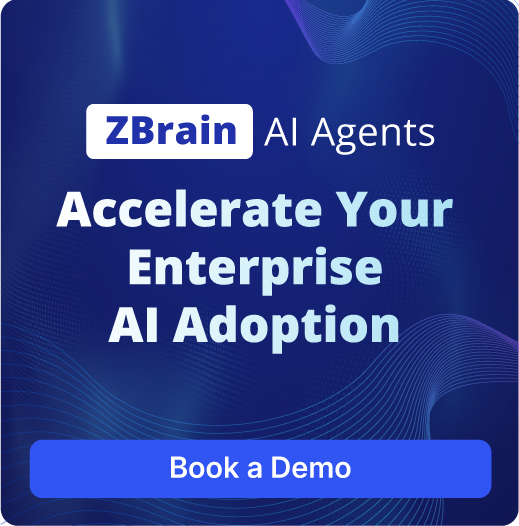
 Live
LiveContract Drafting Agent
Automatically drafts contracts based on organizational policies, specific functions, and examples provided as variables.

 Live
LiveContract Summarization Agent
Generates concise summaries of lengthy contracts highlighting key points such as obligations, deadlines, and penalties.

Contract Review Summary Agent
Generates a concise review summary of populated contracts, highlighting key points, obligations, and potential issues.

 Live
LiveContract Drafting Agent
Automatically drafts contracts based on organizational policies, specific functions, and examples provided as variables.

 Live
LiveContract Summarization Agent
Generates concise summaries of lengthy contracts highlighting key points such as obligations, deadlines, and penalties.

Contract Review Summary Agent
Generates a concise review summary of populated contracts, highlighting key points, obligations, and potential issues.
Streamline Contract Drafting and Review Processes with ZBrain AI Agents
ZBrain AI Agents transform the contract management lifecycle by automating and streamlining key processes, enabling legal teams to work faster and more efficiently. These advanced AI agents excel at summarizing contracts, rapidly extracting essential information and insights from complex agreements. By automating contract drafting, ZBrain AI agents ensure consistency and adherence to organizational standards, significantly reducing the risk of human error. The agents' ability to flag deviations from established templates and clauses facilitates a more thorough review process, allowing legal professionals to focus on high-level strategic analysis instead of time-consuming manual tasks. ZBrain AI agents also optimize the entire contract lifecycle by automating workflows, expediting approvals, and simplifying negotiation processes. They provide actionable insights through sophisticated analytics, allowing legal teams to monitor contract performance, assess compliance, and make data-driven decisions in real-time. Key features such as document classification, compliance verification, and risk assessment further streamline contract management. By ensuring all contractual obligations are met efficiently, ZBrain AI agents contribute to a more streamlined and productive legal operation, enhancing effectiveness in fast-paced, high-stakes environments.

